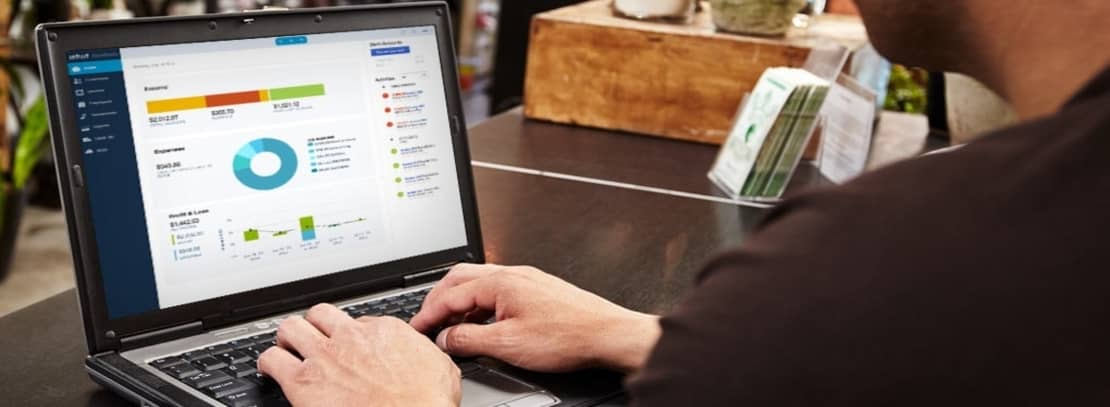

As we instructed previously, select the account where you want the money deposited and the date, add a memo, and request cash back if desired. Put a check mark in front of all of the payments you want to deposit by clicking in the column to the left of the DATE column.Ĭlick OK, and the Make Deposits window will open, displaying the payments you just chose. The Payments to Deposit window will open if you have pending payments in your Undeposited Funds account. To do this, go to Banking | Make Deposits.įigure 3: You can either view all of the unprocessed payments in Undeposited Funds in a single list, or you can display them by type. You should process your Undeposited Funds on a regular basis, whether every day, every few days, or weekly, depending on your banking needs. You may also want to use the Attach tool for miscellaneous payments to store related documentation.

Note: While you’re working in the Make Deposits window, you can click the Payments button at any time to open a new window containing customer payments that need to be deposited if you want to process them simultaneously. Enter any additional information needed, fill in the optional Cash back goes to fields, and then save the transaction. Use the drop-down lists to select (or add) the individual or company who submitted the payment, the account where it should be tracked, the payment method, and the amount. Click OK to skip to the Make Deposits window.Ĭomplete the Deposit To, Date, and Memo fields, then click in the table below them if you haven’t already used the Tab key to get there. To record incoming funds like these, open the Banking menu and select Make Deposits to open the Payments to Deposit window. What about money you receive that is neither payment on an invoice you sent or payment for an item or service received immediately? There are many situations where this might be the case, including: If this box is not checked, a DEPOSIT TO field will appear on the Sales Receipt and Receive Payments screens. Select an account from the drop-down list, and your payment will be automatically deposited into it.įigure 2: Check the box on the right if you want payments sent to the Undeposited Funds asset account. If you select this option, a box labeled DEPOSIT TO will appear on the Sales Receipt and Receive Payment screens. QuickBooks lets you specify an individual account for each transaction. Ask us if you’re not certain which one best suits your business. When you record a payment in QuickBooks, you can enter it in one of two ways. In fact, part of your job is done when you enter the payments on the Receive Payments or Sales Receipt screens. Whether you accept cash, checks, or credit/debit cards, QuickBooks has tools that help you streamline the process of moving the funds into your physical bank accounts. The more successful in business you are, the more time and care it takes. Satisfying though it may be to enter all of those customer payments manually on a paper deposit slip, it can also be tedious and time-consuming. Creating bank deposits manually can be a huge chore.


 0 kommentar(er)
0 kommentar(er)
